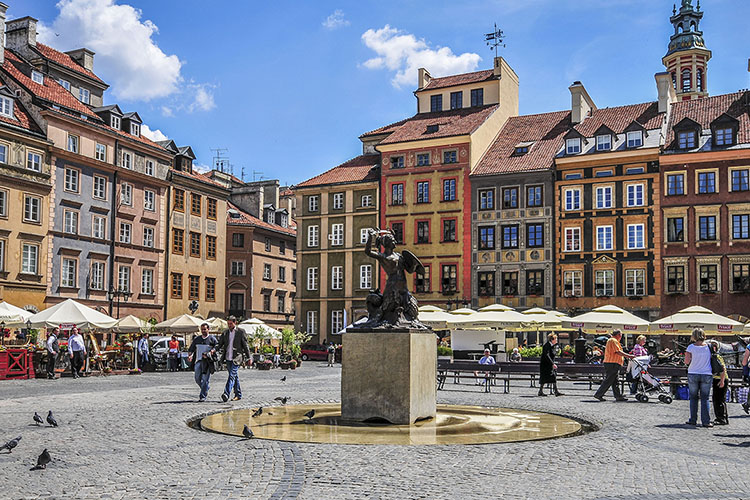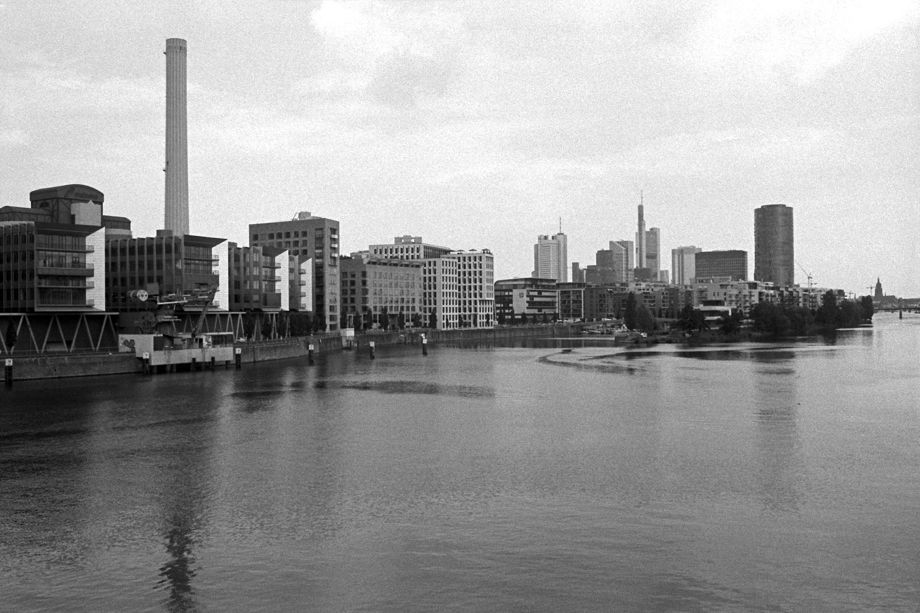In “How to Make an Attractive City,” a new video from the School of Life, London-based Swiss writer Alain de Botton offers a cheeky, thought-provoking, six-point manifesto on the need for making beauty a priority in urban architecture and design.
“So few cities are nice,” de Botton, the founder of Living Architecture, a British organization that commissions leading architects to build holiday rental homes in the U.K., says in the video. “Very, very few out of many thousands are really beautiful. Embarrassingly, the more appealing ones tend to be old.”
We might be getting better at making things like cars, planes, and phones, he says, but we’re getting worse at building beautiful cities. De Botton, who authored The Architecture of Happiness and is a popular speaker, argues that the idea that beauty is subjective is a half-truth. Maybe we can’t wholly agree on what beauty is, but we all know ugly when we see it. And the world’s cities, plagued with developer-led building and a lack of government oversight and public exigence, are becoming increasingly soulless and unlivable, even as the world’s population becomes more urban.

“We think that no one has a right to say what’s beautiful and what’s ugly,” de Botton says, noting that there are “good reasons” no one vacations in Frankfurt, Germany, or Birmingham, England. “[L]et’s stop being dangerously relativistic about this. Yes, there is such a thing as beauty. Sydney and San Francisco and Bath and Bordeaux have it, and most other places don’t. The proof lies in the tourist statistics. Let’s stop saying that beauty is just in the eye of the beholder. That’s just a gift to the next wealthy idiot who wants to put up a horrible tower.”
“It’s not a mystery why we like some cities so much better than others,” he says. “This is a manifesto about how to make attractive cities. There are six fundamental things a city needs to get right.”
Order and Variety
Balance, symmetry, and repetition are pleasing to humans, de Botton argues. A love of order is one of the reasons people love Paris, he says.
But excessive order, he points out, “feels alien.” The key is to create the kind of “organized complexity” that comes from establishing parameters, like a square (above) in Telc, Czech Republic, where every house is the same width and height, allowing an orderly framework in which individual buildings can vary in form and color, creating the kind of character that we love in a neighborhood.

Visible Life
De Botton argues that people are happiest when they live in densely packed areas where the human comedy is on full display. Lively street life in neighborhoods full of activity makes us happiest, he says. But many modern cities are full of dead industrial zones and “brutally anonymous” office buildings cut off from street life.
Compact
Good cities are compact, de Botton says. Through the later decades of the 20thcentury, the assumptions that humans don’t like living around one another and that making it means having your own plot of land in the suburbs led to isolation, soulless sprawl, and wasted resources. A compact city like Barcelona, Spain, uses a fraction of the energy of sprawling Phoenix, Arizona, de Botton argues.
All of the most beautiful compact cities have human-scaled squares where people can gather. Ideally, the squares are no more than 100 feet (30 meters) in diameter so that you can make out a person’s face on the other side—lest they become alienating. Squares give us a break from the confines of home and allow us to bask in the cheering company of others in uplifting surroundings, de Botton says. Yet nobody’s built a good square on the planet for decades, he says.

Orientation and Mystery
By definition cities are huge, but the best cities offer a mix of big and small streets. But too many cities prioritize vehicles over humans, de Botton says. A city should be easy to navigate for both humans and vehicles, with big boulevards for orientation and warrens of alleyways and small streets to allow us to wander and create a sense of mystery and exploration.
Scale
Modern cities are all about the big, de Botton says, but the ideal human scale is five stories high; anything more starts to make humans feel insignificant, small, and trivial. But our cities have been largely hijacked by commercial interests, he says, advocating that we stop making the collective mistake of allowing large corporations to hog the airspace in our cities, building shrines to industry rather than things we care about. “Towers have to be worthy of their prominence,” he says. “They must be aligned with our best interests and long-term needs.”
Local
The deadening sameness of cities is a problem, de Botton says, emphasizing the need for cities to use locally sourced materials and build architecture that is born from the specific culture, climate, history, and social traditions of a given place.

